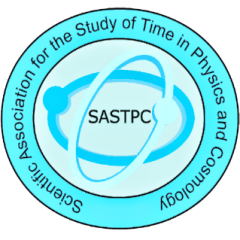Using new redshift data reported in Gregory et al., we examine the structure of the Perseus supercluster. We discuss in detail three filaments lying in the plane of the sky on the western end of the supercluster that are distinct from each other in redshift and/or position. Additionally, radially directed filaments are found, and it appears that all of the filaments in the region are connected. We speculate that an important feature of filamentary structures may be the fact that many, if not all of them, connect in such a way as to form complete loops or rings. Underdense regions that border our filaments may not be very representative of the now classical cosmic void, in that their structures are not predominantly spheroidal.
Investigations related to time, the universe, and STEAM

